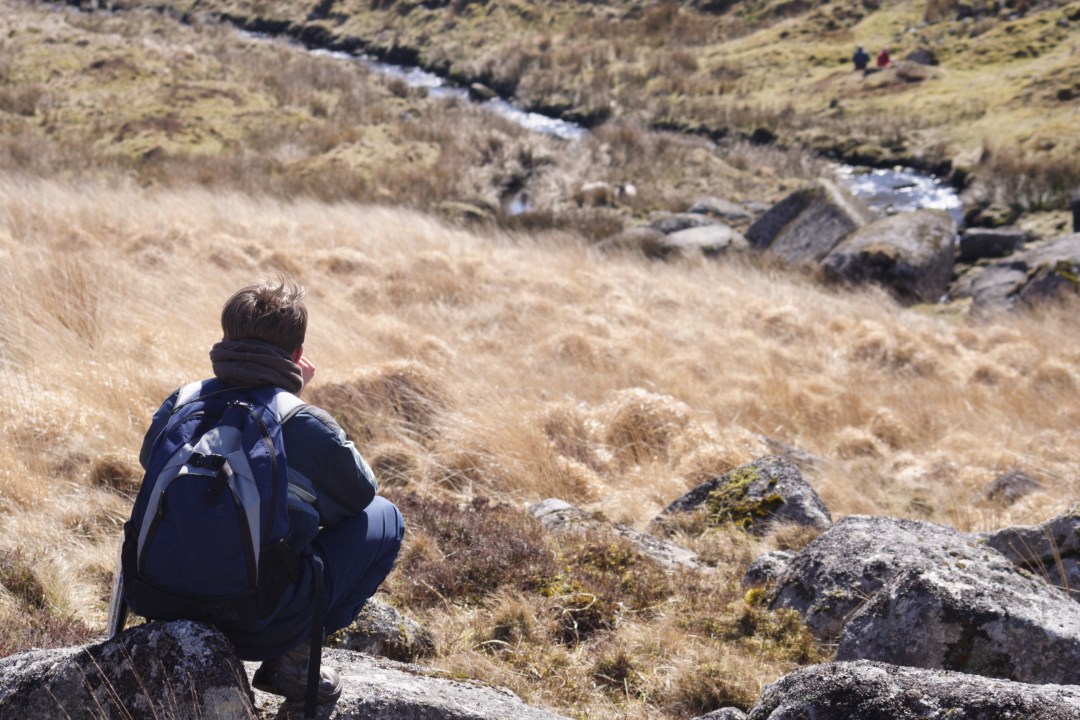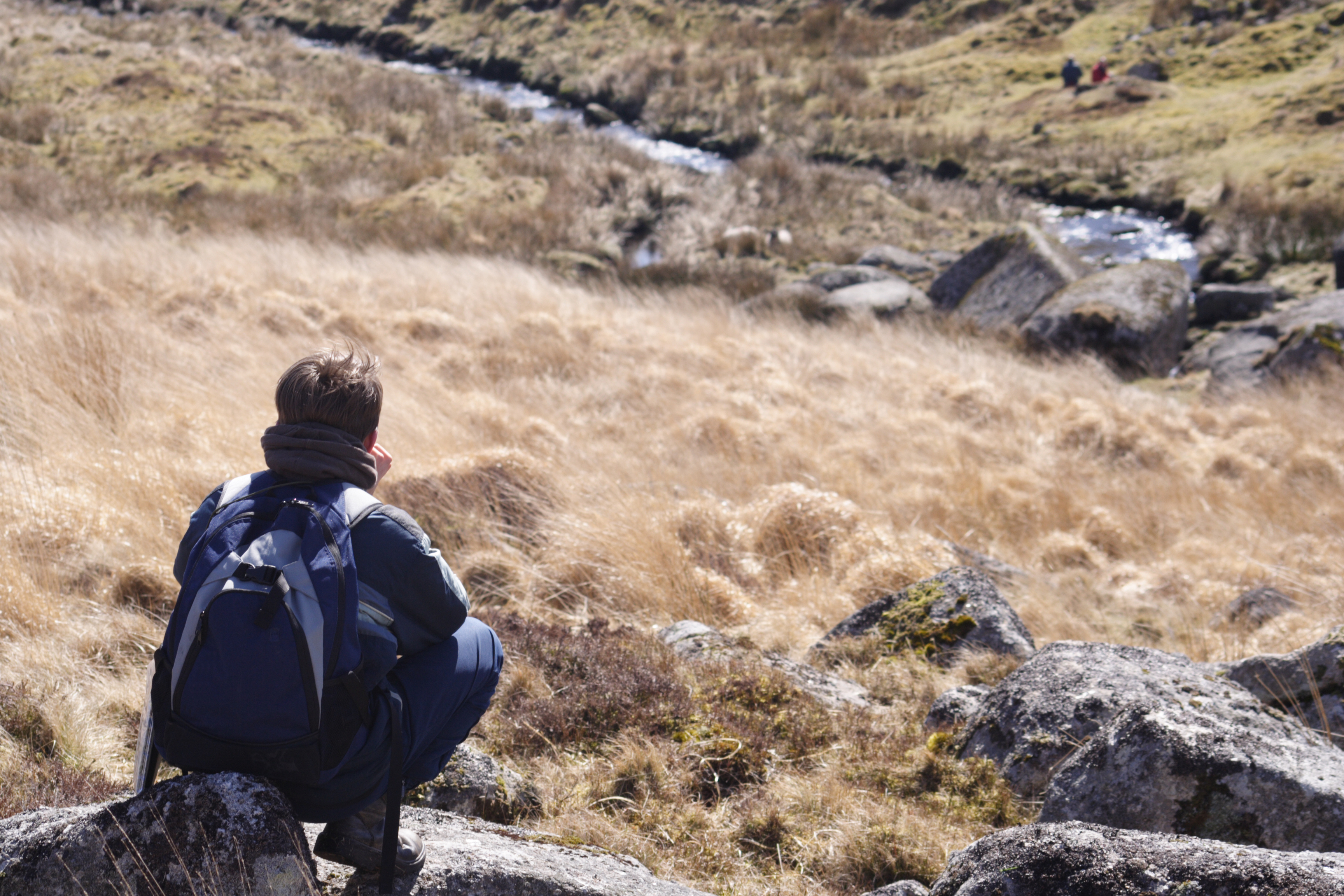Last weekend my iPad sucked me deeper into Beethoven’s Ninth Symphony than I thought possible. Deutsche Grammophon and Touch Press have released an app devoted to the work that rendered me slack-jawed with wonder, like a Victorian on his first visit to a cinema.
The app gives you four complete performances of the Ninth: by Ferenc Fricsay with the Berlin Philharmonic (1958); Herbert von Karajan with the same orchestra (1962); Leonard Bernstein with the Vienna Philharmonic (1978); and Sir John Eliot Gardiner with his preposterously named Orchestre Révolutionnaire et Romantique (1992). Icons for the performances are next to each other, and the gentlest touch will transport you to and fro.
The technology is a marvel. Bernstein’s performance lasts 71 minutes; Gardiner’s just 59 — ‘a Ninth you can listen to in your lunch hour’, as one critic put it; and, of course, each conductor uses rubato to stretch and compress the internal dimensions of the work. Yet the four recordings are aligned so that you don’t miss a nanosecond of music by switching from one to the other. Very cool.
Take the so-called ‘Turkish’ march in the last movement. You can begin with Lenny and the VPO, whose brass parps and dancing piccolos conjure up Sousa; then slide up to Karajan, where the air chills and there’s a hint of goose step; then Fricsay, with whom the Berliners are having a much jollier time; and finally Gardiner, where the lurch to ‘period’ pitch and tempo makes you feel as if you’ve stumbled into a different piece of music — light, thrilling and in places unforgivably rushed.
If you want to follow the score, there are three options: the full score, a ‘curated’ version that highlights selected instruments, and Beethoven’s handwritten manuscript. Each is perfectly aligned with your chosen performance. Or you can try out the app’s most delicious gimmick: a ‘beat map’ of the orchestra in which each instrument is represented by a dot that throbs when it’s playing. The pulsating dance produced by Beethoven’s manic scherzo is especially fun to watch. I reckon I could spot Karajan simply from the menacing regularity of his throbs. (This app really doesn’t do Karajan any favours, by the way: the comparison with Fricsay reveals a level of control-freakery that sits oddly with the symphony’s celebration of freedom but definitely reminds you of his past, shall we say.)
Underneath the beat map there’s a thread that changes colour with the key, plus a commentary by David Owen Norris that unfolds in time with the music. ‘The fluent fiddles put a swagger in [the woodwinds’] step,’ he says of one of the variations in the slow movement. That’s nicely put — but it rings true only if you’re listening to Bernstein or Fricsay. In Karajan there’s no swagger, just an intensification of the musical argument. And Gardiner’s gut-stringed violins are in such a hurry that this magical passage is over before you can savour it.
As I say, I only downloaded this app on Saturday. Give me a couple of weeks to play with it and I may come up with some insights into the symphony itself; it would be nice finally to make up my mind whether the choral finale is the summit of symphonic art, as I thought as a child, or a regression to Beethoven’s middle-period bombast, which is how it sounds to me now if I’m not in the right mood. Perhaps one of the dozen video interviews with musicians will help me decide. Who knows, I may eventually break through to the app’s highest level, the equivalent of ‘Veteran’ in Call of Duty 4. This is Owen Norris’s fearsome ‘passage-by-passage mode’, in which the beat map and the idiot’s guide commentary are replaced by formal analysis. Here’s a sample: ‘At the end of bar 131 the bass line finally attempts the significant perfect cadence move of F to B flat, but so overenthusiastically that the B flat arrives a semiquaver early in a most significant off-beat event.’
For the moment, however, I’m happy to leap between the four recordings, learning more about orchestral phrasing in the process than in 30 years of laborious comparisons between LPs or CDs. I only wish the app had been around when I was younger. Touch Press’s first big success, devoted to T.S. Eliot’s The Waste Land, also unlocked a ‘difficult’ work of art. But the Beethoven Ninth app has even more potential to change minds, because classical music in British schools is far more dumbed-down than English literature. Michael Gove doesn’t have the money or the time to train a new generation of music teachers. Perhaps he could sack a few and give their pupils this app instead. Did I mention that it costs less than a tenner?








Comments